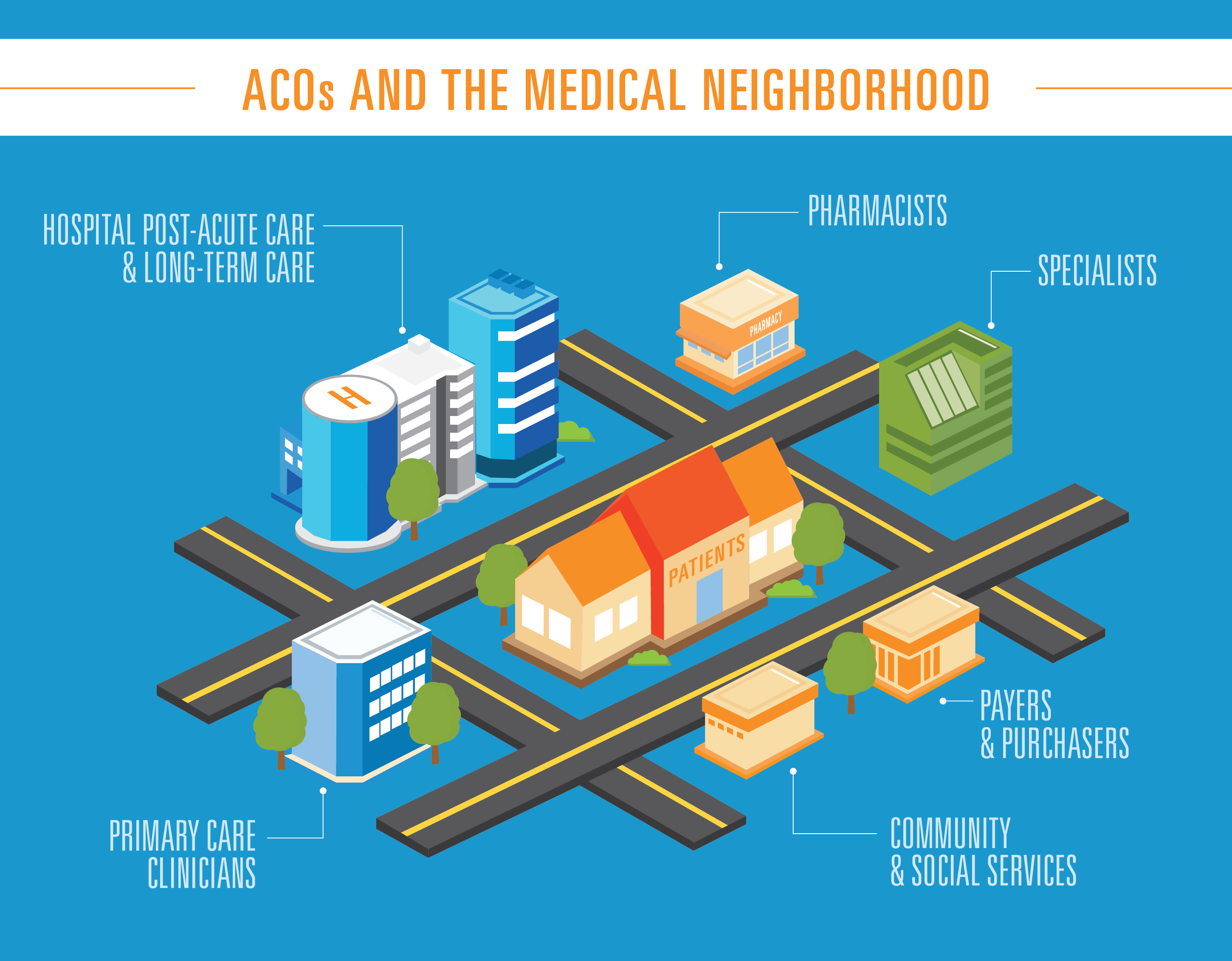
Strategies to Improve Patient Satisfaction Scores

Covid-19 quickly altered the state of the healthcare system. From Covid units to ICUs, new implementations during this crucial time showed us the importance of service recovery. As hospitals see a decline in severe cases and organizations are adjusting to the new normal, the question lately has been: how do we achieve high patient satisfaction scores?
Even during a national crisis, competition for clinical volume among providers persists. But after the 18 months we’ve endured, how do we get those patients to return? Improving patient satisfaction scores boils down to three factors:
- Timely conflict resolution
- Empathy
- Convenience for the practices as well as the patients
These are only the beginning. A New England Journal of Medicine (NEJM) study found that patients also ranked their care based on these factors:
- Staff responsiveness to their needs
- Clinician communication
- Technical skills
- Hospital environment
High Patient Satisfaction Scores Require Good Bedside Manner
Patients need to feel heard and feel comfortable. Clinicians can ask questions, connect with patients, and take a collaborative healthcare approach. How do you know you’re meeting your clients needs?
According to NEJM, providers want patients to feel as though they are being treated with dignity. Also, hospital personnel should be making every safe and medically-advantageous effort to help. For these reasons, healthcare organizations have long sought to understand patient perspectives through patient satisfaction scores.
These surveys bridge the gap for patients and providers and provide a pathway to solutions. Patients’ concerns deserve timely responses, and this practice is possible through data experience collection. However, this data needs to be gathered and analyzed in an efficient manner.
When health systems incorporate the real time feedback of service recovery, they see dramatic results. A 2016 study found that hospitals that provide “superior” customer experience achieve net margins that are 50% higher than those who give satisfactory care. Research from the Beryl Institute revealed that 70% of patients who have positive experiences refer their loved ones to the same provider. That means that patient relationships are crucial for a hospital or health system’s bottom line.
The healthcare system is strained. That is why some hospitals and health systems may wonder if it’s worthwhile to collect and analyze patient experience data. Every organizations measures success differently, but the questions asked in a patient experience survey should reflect your ideal of patient satisfaction.
How Q-Reviews Can Help You Improve Your Patient Satisfaction Scores
Interested in learning more about the value of actionable patient experience data? Let’s talk. Based in New York, Quality Reviews® was founded by leading healthcare providers and entrepreneurs. All have a combined 30-plus years of clinical, healthcare administrative, and technology-building experience. We help healthcare provider organizations capture and analyze real-time patient feedback to facilitate service recovery.
With hospitals today operating on the narrowest of margins, losing even one patient over poor customer service is one too many. Complicating matters, most healthcare organizations still use traditional surveys to track and monitor patient satisfaction scores. They are at a considerable disadvantage when identifying service recovery opportunities.
That is why we make it easy for patients to provide real-time feedback — and even easier for healthcare leaders to improve service based on this feedback. Using real-time feedback, our service recovery and daily performance improvement tools help shift the focus onto the patient and promote a culture of service excellence.
Want to learn more? Contact Us.








